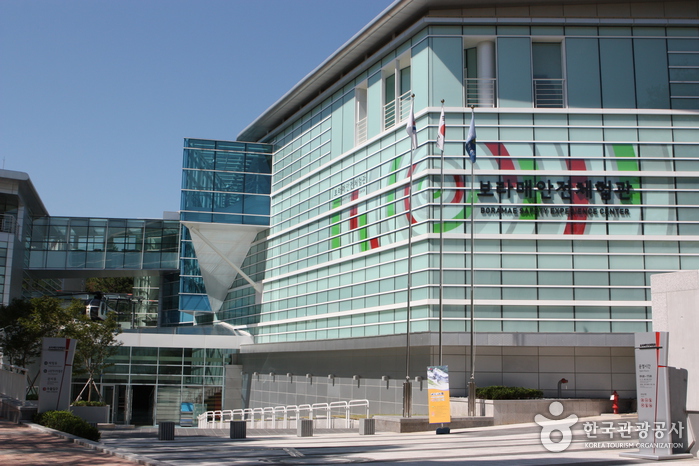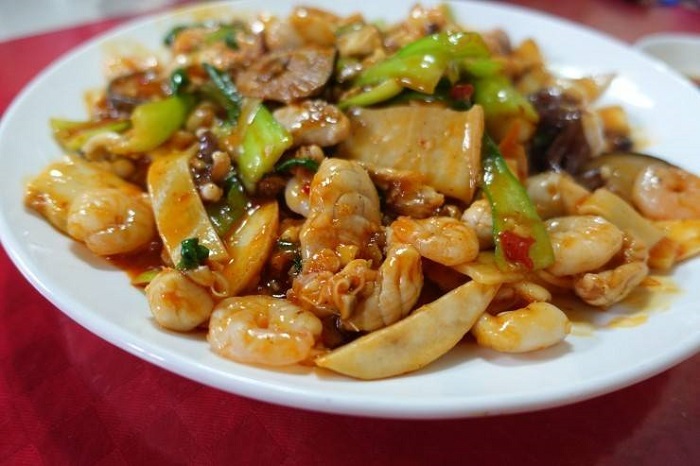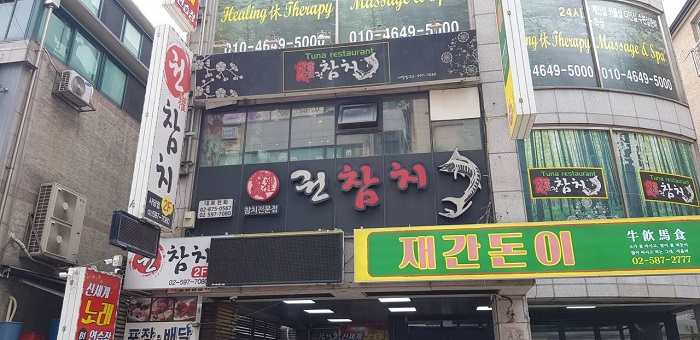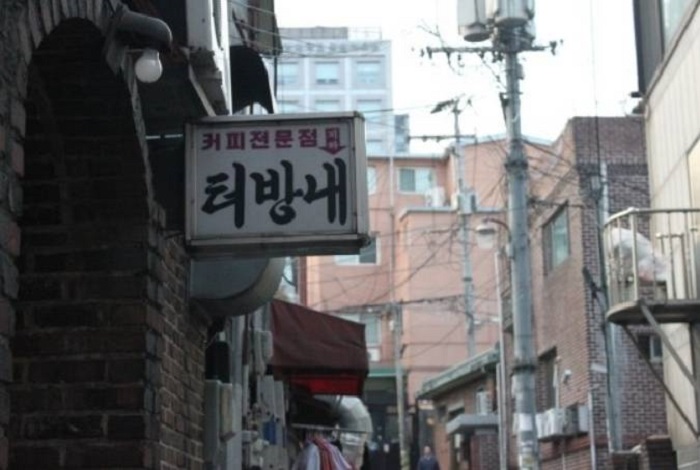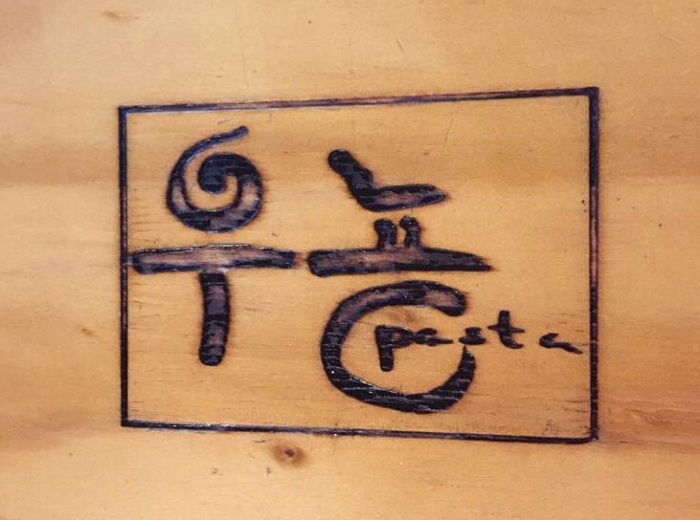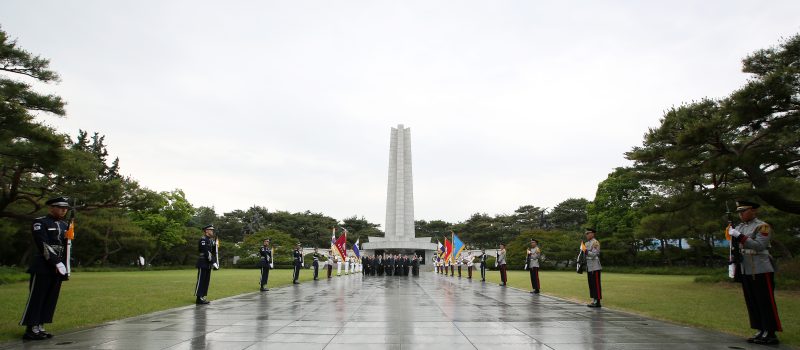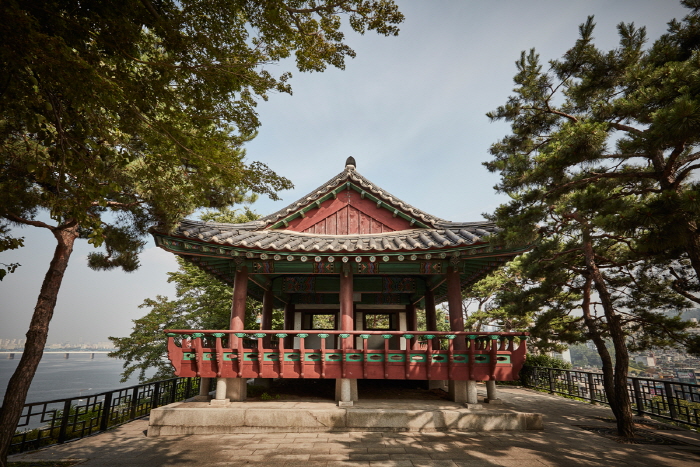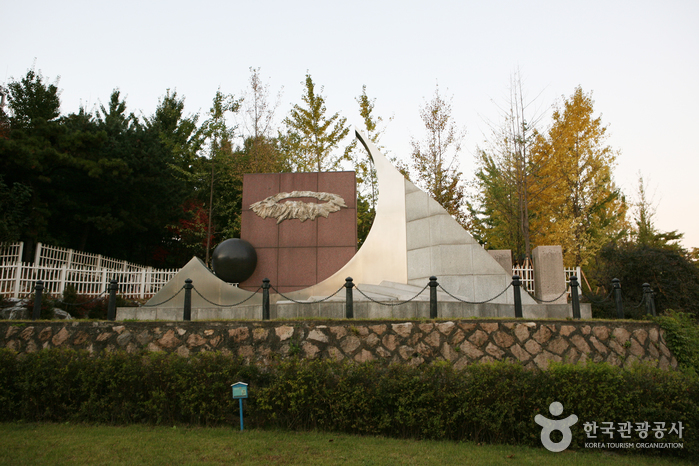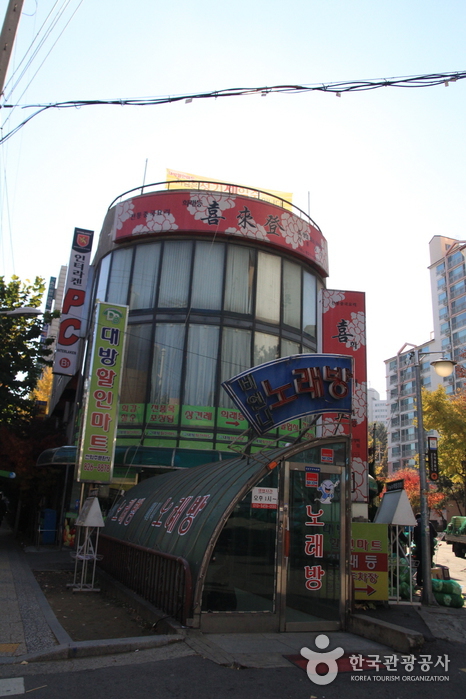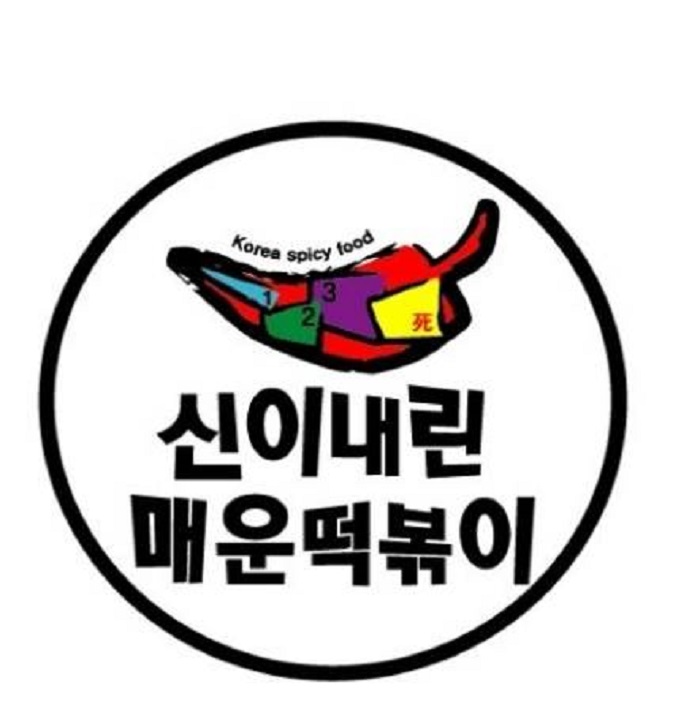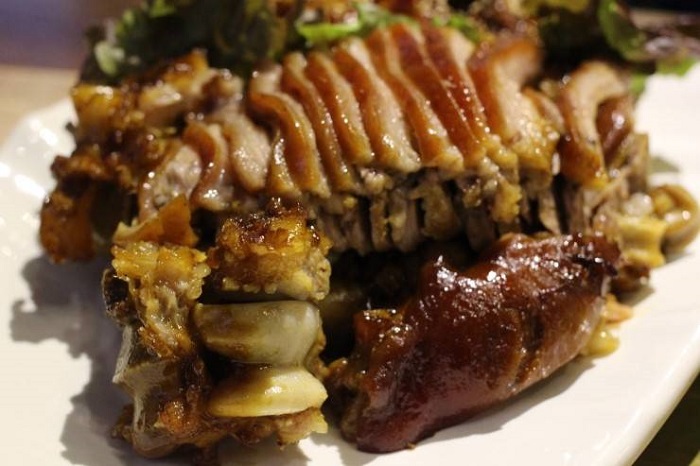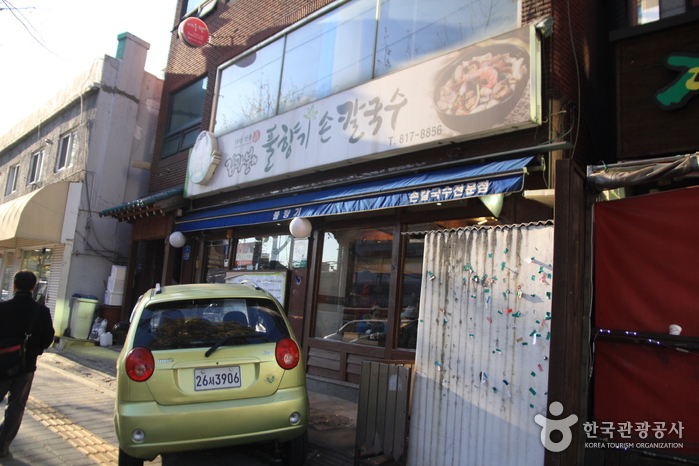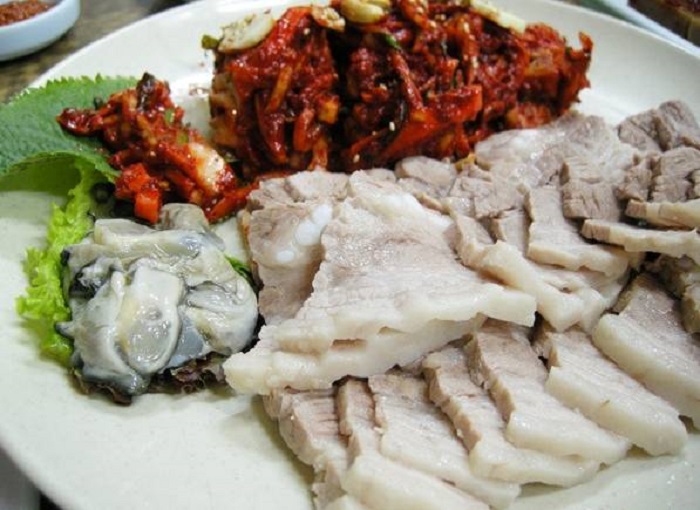Dongjak-gu is a district located in the southwestern part of Seoul, South Korea.
It is bordered by Seocho-gu to the east, Yeongdeungpo-gu to the west, and Gwanak-gu to the south. To the north, it is separated by the Han River and is adjacent to Yongsan-gu and Yeouido in Yeongdeungpo-gu. Dongjak-gu has a longitude range of 126°45 to 126°59 east and a latitude range of 37°28 to 37°30 north. It covers an area of 16.35 square kilometers and has a population of 406,410 people as of 2015. The district consists of 15 administrative neighborhoods (9 legal neighborhoods), with the district office located in Noryangjin 2-dong.
Why visit Dongjak-gu:
– Rich Historical and Cultural Sites: Dongjak-gu is home to various historical and cultural attractions. The National Cemetery for Korean War Veterans, which honors those who dedicated their lives for the nation, and Sayookshin Shrine, a memorial for loyal subjects during the Joseon Dynasty, are worth visiting. Other notable sites include Jangseungbaegi, a village that used to have protective totems called jangseung, Guksa Bong, a hill where King Jeongjo rested during his visit to the tomb of Crown Prince Sado, and Noryangjin Station, the starting point of Koreas railway system.
– Vibrant Festivals: Dongjak-gu hosts a variety of cultural festivals that showcase a blend of traditional and modern culture. The Sayookshin Memorial Ceremony, Jangseungbaegi Jangseung Festival, and Nodul Hanmadang Festival are some of the events that allow visitors to immerse themselves in the local culture.
– Traditional Markets: The district is known for its traditional markets, including Noryangjin Central Market, Sadang Market, Sadang Central Market, and Samgeori Market. These markets offer a glimpse into the local lifestyle and are bustling with food stalls and various services.
Plan your Visit:
– Best Time to Visit: Dongjak-gu can be visited year-round, but the best time is during the spring (March to May) and autumn (September to November) when the weather is mild and comfortable.
– Transportation: The district is well-connected by public transportation. You can easily navigate Dongjak-gu using the Seoul Metropolitan Subway, with Noryangjin Station being a major transportation hub.
– Language: The primary language spoken in Dongjak-gu is Korean. English may be limited, so having a basic knowledge of common Korean phrases can be helpful.
– Currency: The official currency in South Korea is the Korean Won (KRW). Credit cards are widely accepted, but its always good to carry some cash for small vendors or markets.
– Safety: Dongjak-gu is generally considered safe for travelers. As with any urban area, its advisable to take common safety precautions such as being aware of your surroundings and keeping your belongings secure.
With its historical sites, cultural festivals, and traditional markets, Dongjak-gu offers a unique experience for travelers looking to explore the lesser-known gems of Seoul.

